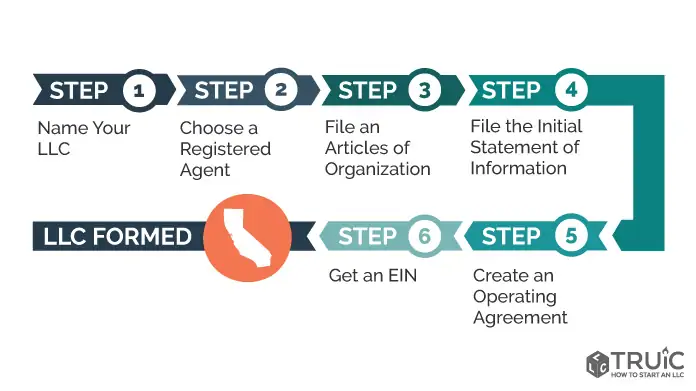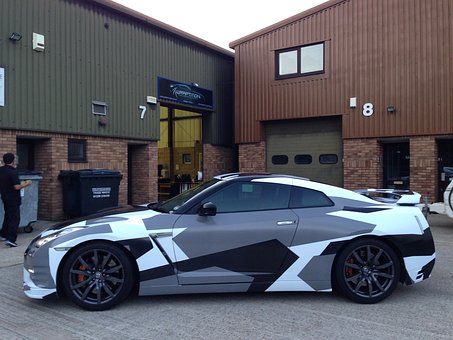While making an electric system plan for your home, or when an electrician repairs the appliances, you might have heard about the term wire harness. The wire harness is crucial for the organization and safety of the electric system.
In short, the wire harness is a logical and integrated collection of cables in an insulated substance. The wires are covered with reliable material, for example, rubber, electrical tape, cable lacing, vinyl, conduit, or a variety of two or more materials.
Do you want to know more about the wire harness? Then keep reading to find the different types of wire harnesses, their benefits, and many more.
Defining Wire Harness
The wire harness, often known as wiring assembly, is a collection of cables for delivering signal or power to an electronic appliance or machine. In another sense, the wiring harness is a standardized bunch of wires, connectors, and terminals that operate throughout the whole automobile.
It helps send data and electric power to the appliance and plays a crucial role in adjoining many components. Hence, the wire harness streamlines the connection to bigger parts by combining the entire wiring into a sole unit for drop-in and easy installation.
The wire harness organizes the cable assembly and protects it against numerous outside forces. So, they would not get damaged by friction, dust, severe weather conditions, moisture, and more. Generally, wire harnesses are prepared using different types of reliable materials. Here are the most common substances:
- Thermoplastic elastomer
- PVC
- Vinyl
- Polyethylene
- Polyurethane
What Are The Different Types Of Wire Harnesses?
Electronic appliances and machines have different operational requirements. Though the wiring design might vary greatly based on the machine’s application, the three essential components of the wire harness remain the same.
The wire harness includes wires, connectors, and terminals. The terminals and connectors are extremely crucial in constructing or producing the wire harness. Generally speaking, here are some of the different types of wire harnesses:
- Automotive wire harness
- Electrical wiring harness (utilized in telecom appliances, pumps, and other huge machines)
- Body wiring harness
- Electronic wiring harness (utilized in different electronic devices, such as computers, television, and more)
- Chassis wiring harness
- Engine wiring harness
What Are Wire Harness Connectors?
Wire harness connectors are a component of the electric system. They are the electro-mechanical appliance utilized to construct a steady electronic signal. The primary motive of the connector is to deliver electric signals for linking a wire harness to the power outlet.
Also, there will be male-ended plugs and female-ended jacks in a wire harness connector. They can be attached together to send power or an electronic signal. The design of the wire connector is associated with its operation and performance. The connectors are organized into three categories depending on their termination ends:
- Board-to-board connectors
- Wire-to-cable (cable to wire) connectors
- Wire to board connectors.
What Are Wire Harness Terminals?
The terminals are another vital part to create an electronic or electrical connection in the wiring harness. It is an electro-mechanical appliance that eliminates a conductor to a limited area to formulate an electromagnetic connection.
The terminals for the wire harness are commonly created using alloys or metals. Besides that, some terminators consist of substances like carbon and silicon. Like connectors, the terminals are available in a wide variety of shapes, designs, and sizes. The terminals provide electrical conduction to maintain and protect connections. Here are some of the different shapes of terminals:
- Hooks
- Spades
- Quick-disconnect
- Rings
- Bullet
- Flagged
- Butt
Benefits Of Wire Harness Assemblies
There are numerous benefits of using wire harnesses for the electric system. Firstly it will make the installation process easy because multiple wires are bound together as one. The wire harness helps in decreasing clutter and makes the area organized without causing any wire mess.
The scondar wire harness reduces the risk of short circuits and is made of high-quality materials. It will effectively protect the system from several outside elements, such as wind, moisture, dust, abrasion, and more. Besides that, the wire harness also helps in saving time during installation.
Explaining The Difference Between Wire Harnesses And Cable Assemblies
Many people often assume that the wire harness and cable assembly are the same. Though both of them have similar functionalities, they are quite different.
First of all, the cable has two, three, or more cords that operate jointly as a system. As they are attached together, the cable resembles a bundle of wires. Coming to the wire, it is a sole string of substance that can conduct electricity.
The primary difference is that the cable assembly comes with only two ends. However, the wire harness includes numerous ends, which operate in several directions. Besides that, they have many terminations on every edge.
Our Summary
To summarize this article, the wire harness is a bunch of wires and is incorporated to transmit the power or signal to the appliance. It is covered in a protective sheath that safeguards the internal components from outside elements. Lastly, the wire harness is crucial to make your home more organized and safe from the electric system.



